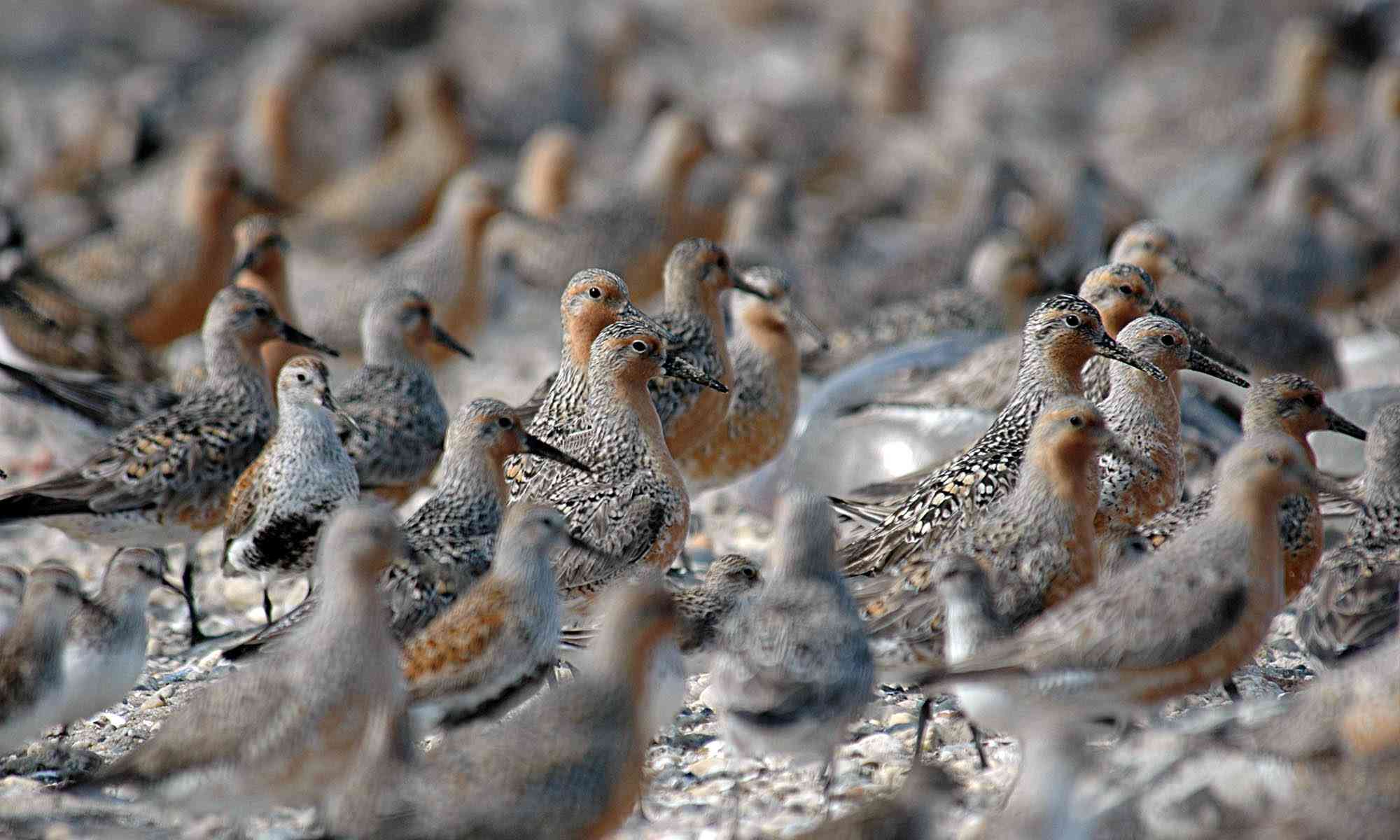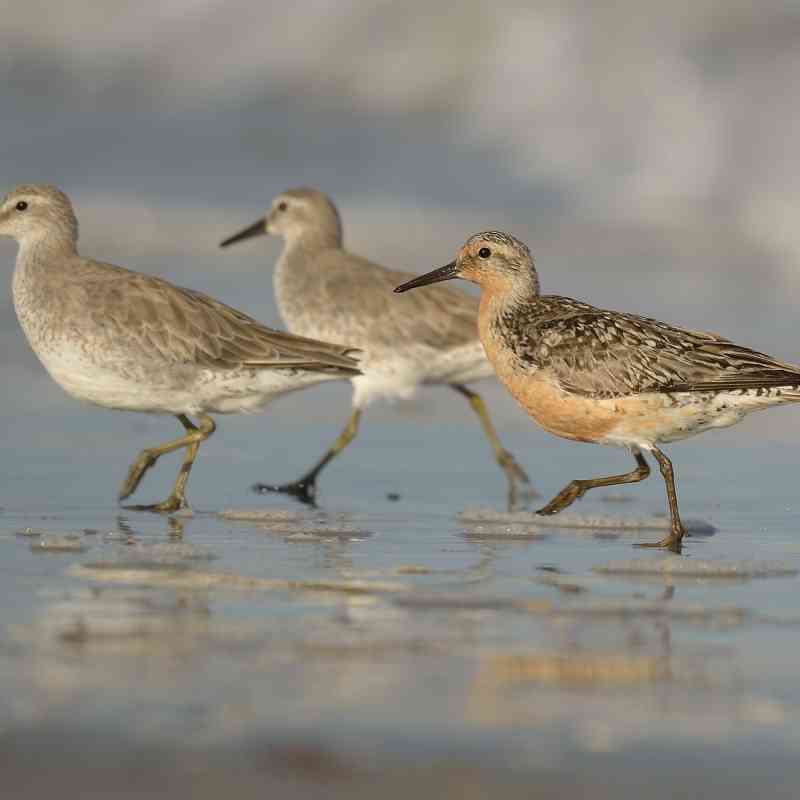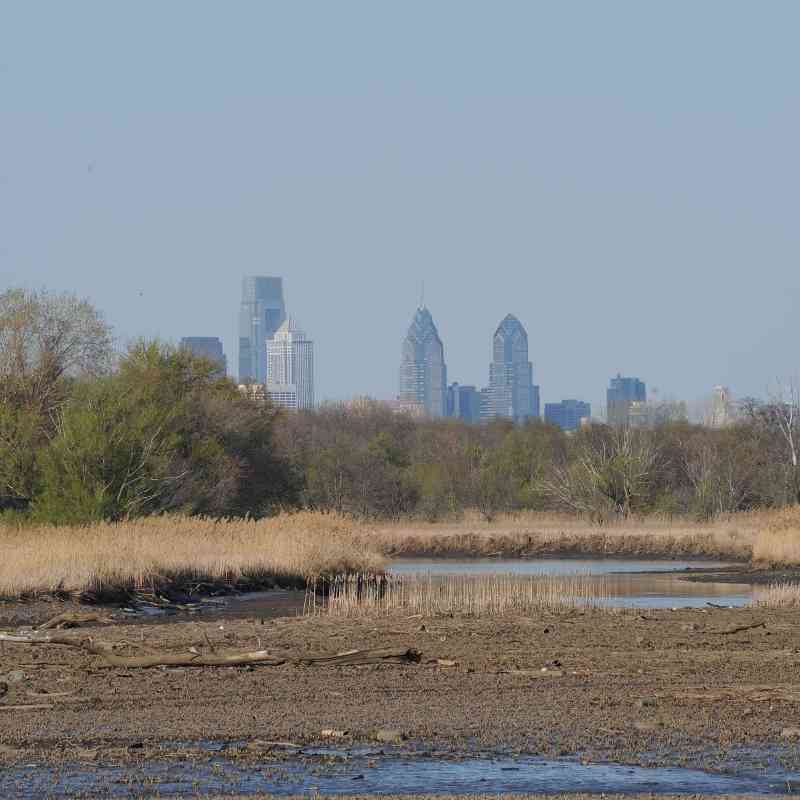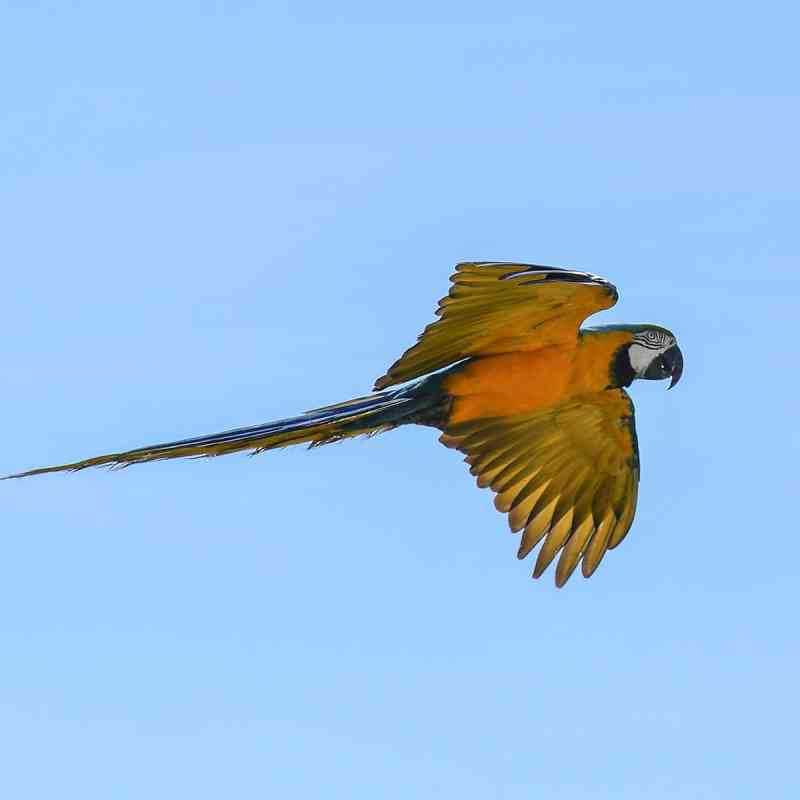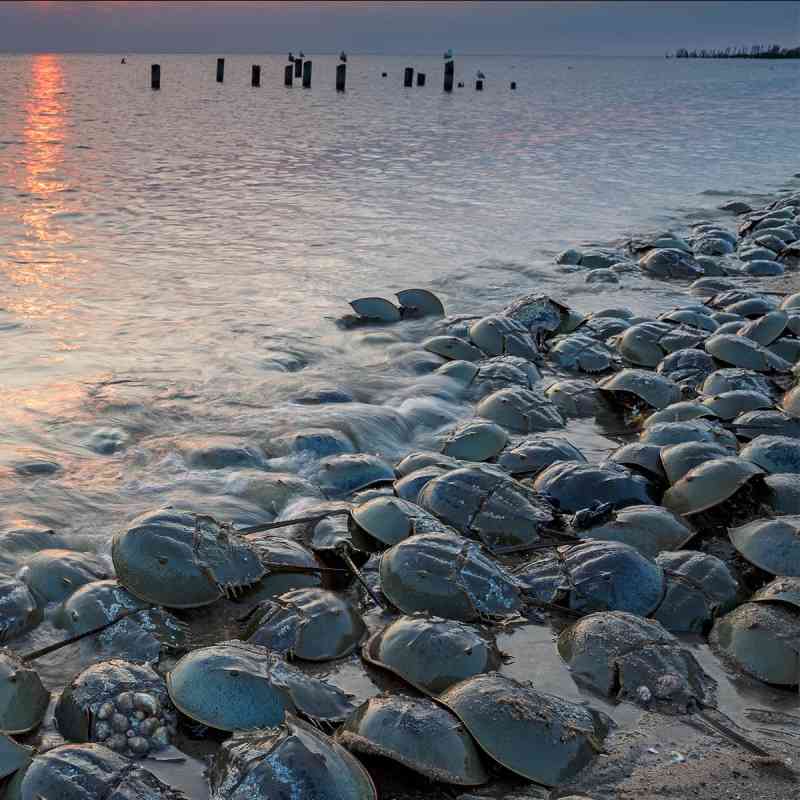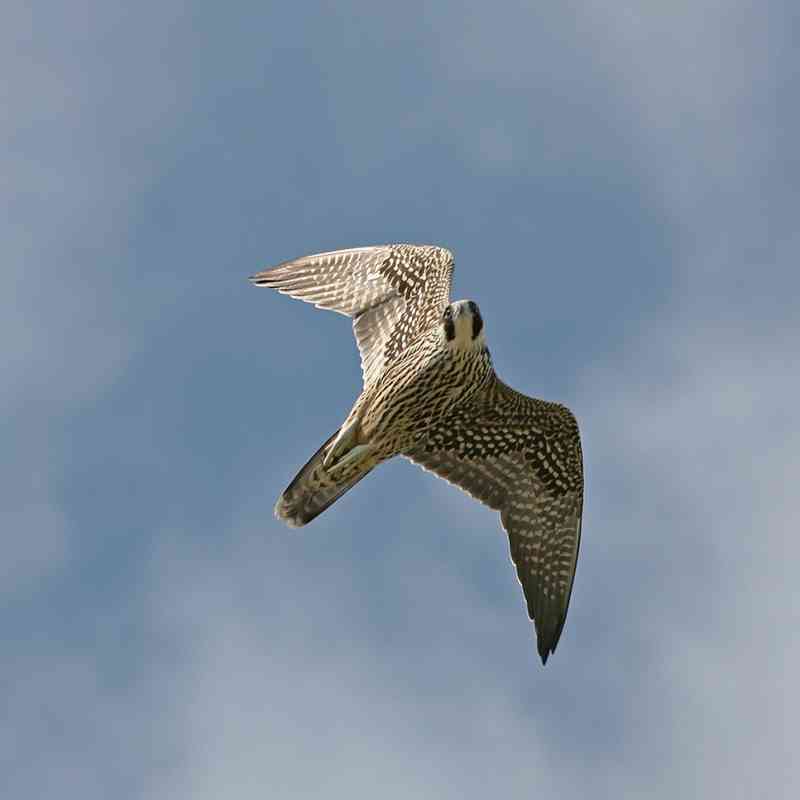Every spring on the Atlantic Coast, the sky turns scarlet as red knots descend onto local beaches to search for meals as they prepare to fly north. Adorned with a red breast and a dark, russet back during breeding season, red knots travel more than 9,000 miles from South America to the Arctic in one of Earth’s longest migratory events.
This long journey requires immense stamina, which is why these shorebirds will stop to feed along the East Coast of the United States. Their northbound trip along the Atlantic coincides with the spawning of horseshoe crabs, and stopover sites with ample food supplies, such as horseshoe crab eggs, are critical. Unfortunately, horseshoe crab populations are either declining or being maintained at impoverished levels. It’s estimated that Delaware Bay alone supports 50% to 80% of the migrating population of red knots, with the remainder known to stop in South Carolina, among other states.
Defenders works to protect rivers, marshes and coastal habitat from pollution and development. We are pursuing litigation against the US Fish and Wildlife Service to prevent the harvest of horseshoe crabs in Cape Romain National Wildlife Refuge and are advocating for the adoption of a synthetic alternative to horseshoe crab blood.
Red knots are protected under the Migratory Bird Treaty Act (MBTA), which prevents the unlawful killing or take of birds during their migration. Defenders is in court challenging the reinterpretation of the MBTA by the Trump administration and we are working with other organizations to overturn the decision.
Red knots are threatened by overharvesting of horseshoe crabs, climate change, coastal development and other disturbances.
|
Endangered Species Act
|
IUCN Red List
|
CITES
|
|
Threatened
|
Near Threatened
|
Not Listed
|
Overturn flipped horseshoe crabs on beaches, give space to feeding flocks and remove human debris from beaches.
Red knots migrate through on sandy beaches and mudflats along the North American coast during spring and fall while they fly between wintering grounds in South America, among other places, and summer breeding grounds in the Arctic tundra.
30,000-50,000
Red knots gather to migrate and roost in dense flocks. When foraging for food, red knots probe into the sand and mud with their bills and find food by touch.
Red knots nest on the ground in the tundra, usually near water. The female lays 3-4 eggs which hatch in 21-22 days.
Red knots mainly feed on mollusks, insects, horseshoe crab and fish eggs, and may eat some plant material early in the season before finding invertebrates.
Publications
Locations
Related Issues
Wildlife and Wild Places

